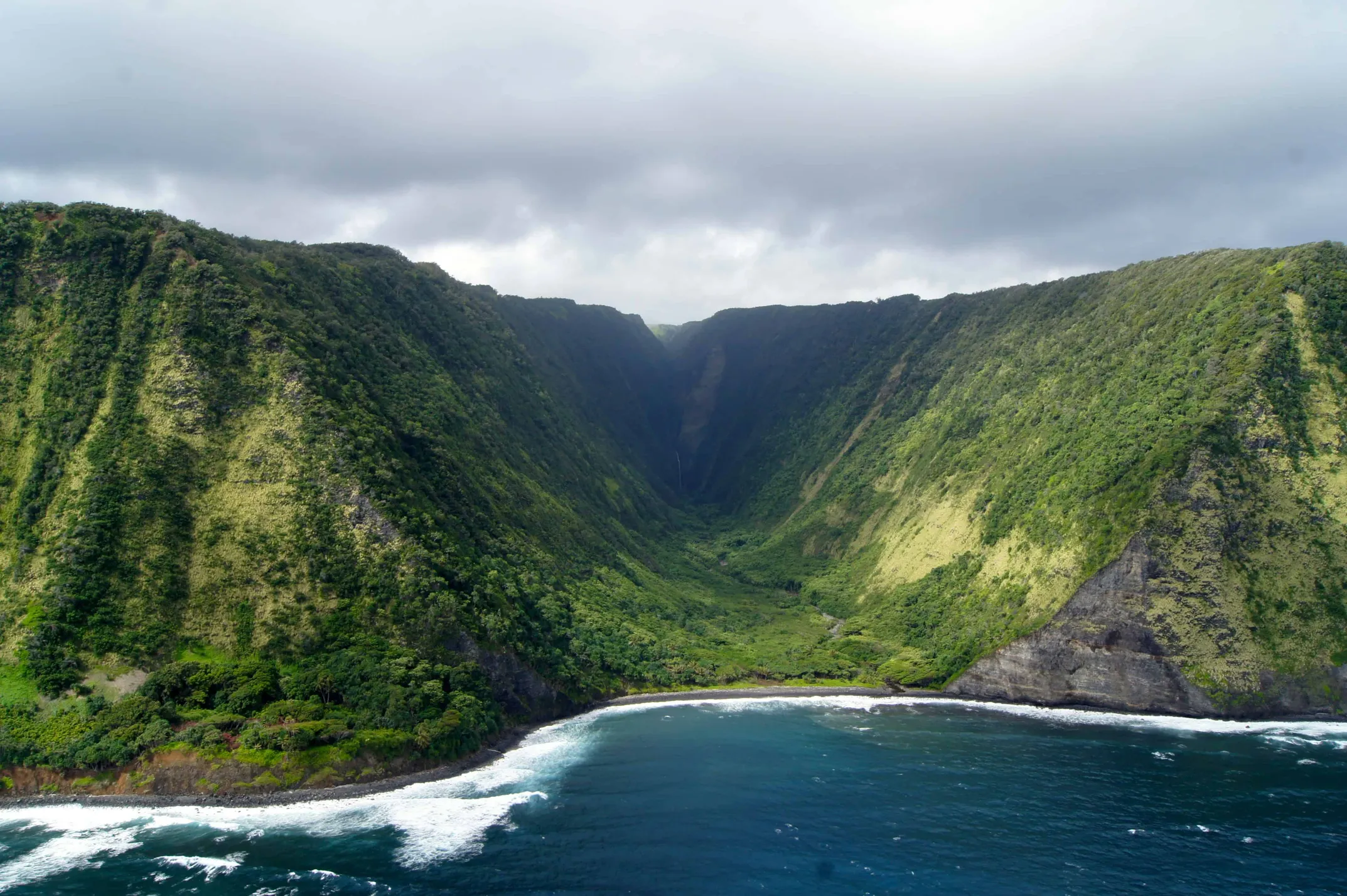
“Brew Your Best Cup”- Coffee Brewing Workshop
Heavenly Hawaiian Coffee Farm • Farm • Holualoa, Island of Hawaii • Hawaii

The island of fire and ice - witness the earth being born and gaze into the cosmos

Written by a Local Hawaii Expert
Leilani AkoThe Island of Hawaiʻi is, in a word, epic. It is a land of superlatives—bigger than all the other Hawaiian islands combined, and home to the world's most active volcano (Kīlauea) and the world's tallest mountain when measured from its base (Mauna Kea). Its incredible diversity is unmatched. You can explore eight of the world's thirteen climate zones here, from lush tropical rainforests and stark volcanic deserts to cool alpine highlands and sun-drenched beaches.
This UNESCO World Heritage Site is the number one attraction on the Big Island, offering a direct connection to the raw power that created these islands. The park is home to two of the world's most active volcanoes, Kīlauea and Mauna Loa, and its landscape is in a constant state of change.
The experience at the park is dynamic and depends entirely on volcanic activity. Before you go, it is absolutely essential to check the official National Park Service (NPS) website and the USGS Hawaiian Volcano Observatory website for the latest updates on eruptions.
Drive the Crater Rim Drive to various overlooks that peer into the massive Kīlauea Caldera and the Halemaʻumaʻu crater within.
Walk past steaming vents and the pungent Haʻakulamanu (Sulphur Banks).
This stunning 4-mile loop hike is a park highlight. The trail leads through rainforest along the crater rim.
Then descends onto the solid, still-steaming floor of a crater that was a molten lava lake during a spectacular 1959 eruption.
Mauna Kea is a dormant volcano and the highest point in the state of Hawaii, reaching 13,803 feet above sea level. It is a place of profound cultural and spiritual significance to Native Hawaiians and, due to its clear, dry atmosphere, is also home to some of the world's most advanced astronomical observatories.
Accessible by any standard rental car. Free public stargazing program where rangers set up powerful telescopes after sunset.
Requires true 4x4 vehicle. Most rental agreements forbid this drive. Safest option is with a licensed tour company.
Morning (9:00 AM - 11:00 AM): Start in Hilo. Visit the easily accessible Rainbow Falls and stroll through beautiful Liliʻuokalani Gardens.
Lunch (11:30 AM): Grab a classic Hawaiian plate lunch from a local favorite in Hilo.
Afternoon (12:30 PM - 5:00 PM): Drive to Hawaiʻi Volcanoes National Park. Walk through Thurston Lava Tube, hike Kīlauea Iki Trail, and drive the Chain of Craters Road.
Evening: Have early dinner in Volcano Village, then return to Kīlauea Overlook after dark to witness the mesmerizing glow from Halemaʻumaʻu crater (if eruption is active).

Heavenly Hawaiian Coffee Farm • Farm • Holualoa, Island of Hawaii • Hawaii

